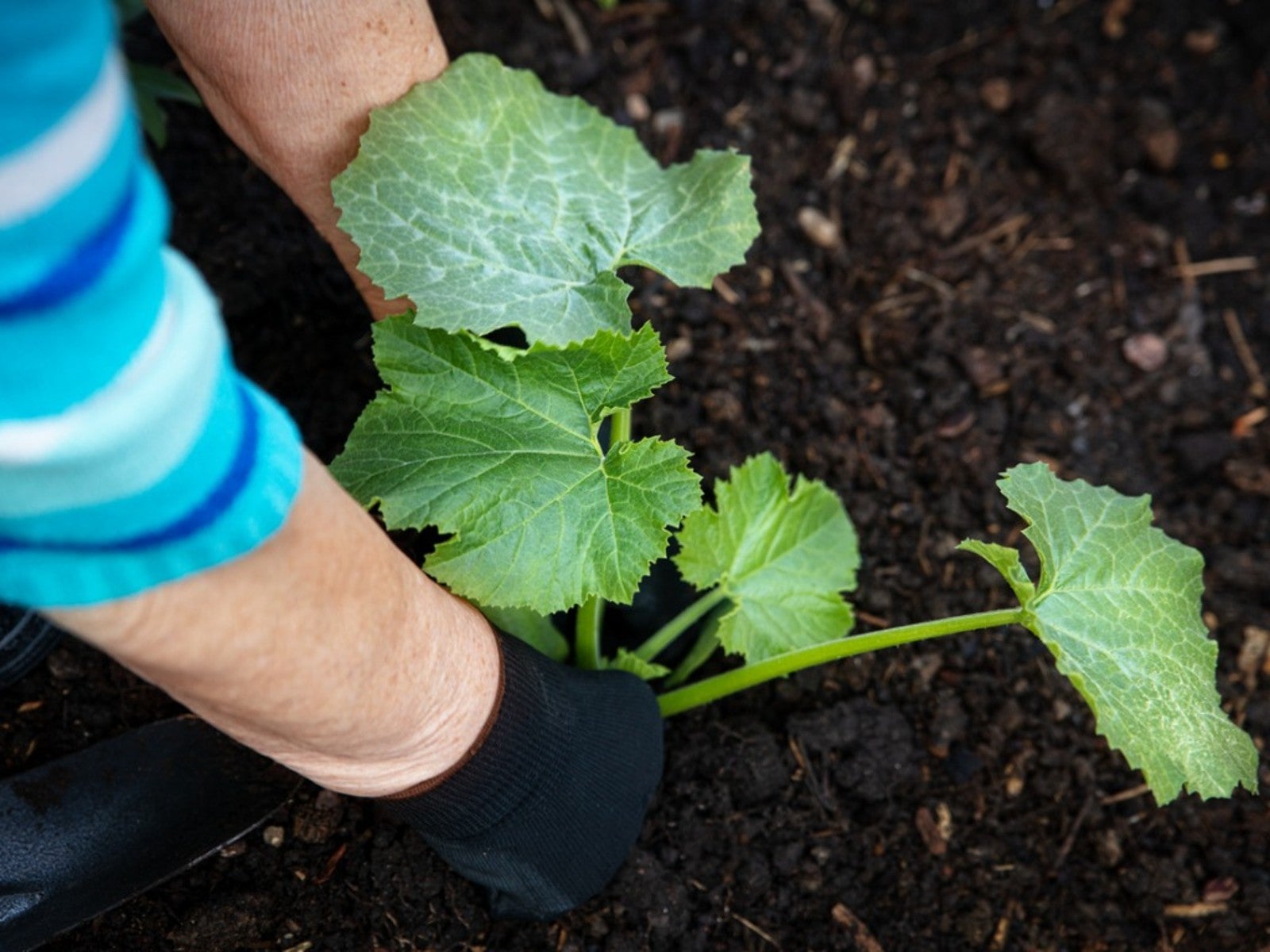Prevent Squash Vine Borer By Planting Early Or Late

If you have ever had a squash plant look healthy one day and then suddenly wilt the next, you may be looking at the work of squash vine borers. The insidious larvae of this clear-winged moth are responsible for the devastation. So how can you prevent squash vine borer larvae from killing your squash plants?
Squash Vine Borer Life Cycle
As the saying goes “know your enemy,” so it is true when thinking about squash vine borer prevention.
Squash vine borers can be found throughout North America east of the Rockies, from Canada to South America. While they do most damage to squash and pumpkins, signs of infestation may occur in cucumbers and melons as well.
This borer overwinters as either a pupa or larva under the soil. In mid-May to mid-June the larvae emerge as adult moths which are active for about a month of mating.
Females lay up to 250 flat, oval and dull red/brown eggs individually on all parts of the squash plant. Eggs hatch after a week to 15 days and immediately tunnel into the stem or base of the plant to feed. As they feed they leave behind a moist green/orange sawdust-like material called frass.
The cream colored larvae feed for 4 weeks or so and then dig into the soil to pupate over the winter.
Squash Vine Borer Control
The best squash vine borer prevention is to plant early. How early or late can you plant squash? The adult moths are active in June, so plan on either transplanting in May or direct sow seeds in mid-June.
Gardening tips, videos, info and more delivered right to your inbox!
Sign up for the Gardening Know How newsletter today and receive a free copy of our e-book "How to Grow Delicious Tomatoes".
There are a few ways to prevent adults from laying eggs in May or June. Wrap a collar of aluminum foil around the lower stems of the plant, dust or spray with spinosad or pyrethrum, or cover the plants with a floating row cover until they begin to flower. Only use row covers if you had no evidence of squash borers the previous year, otherwise the overwintering pupae are in the soil just waiting to nibble on the plants.
Lastly if you have had a previous year with incidence of squash borer, plan to plant resistant squash crops such as butternut, tromboncino, cushaw or the less susceptible crookneck instead of zucchini.

Amy Grant has been gardening for 30 years and writing for 15. A professional chef and caterer, Amy's area of expertise is culinary gardening.
-
 Grow ‘Karl Rosenfield’ Peony Plants For The Ultimate Frilly Border Beauties And Cut Flowers
Grow ‘Karl Rosenfield’ Peony Plants For The Ultimate Frilly Border Beauties And Cut FlowersFor frilly double magenta peony petals infused with a heady fragrance, grow ‘Karl Rosenfield’ peony plants. Here’s how to cultivate the ultimate plushy blooms
By Tonya Barnett
-
 10 Common Composting Problems That Can Spoil Your Garden Gold – Plus Easy Fixes
10 Common Composting Problems That Can Spoil Your Garden Gold – Plus Easy FixesLearn how to troubleshoot common composting issues before they ruin your stash – from bad smells and bugs to materials not breaking down as they should.
By Susan Albert